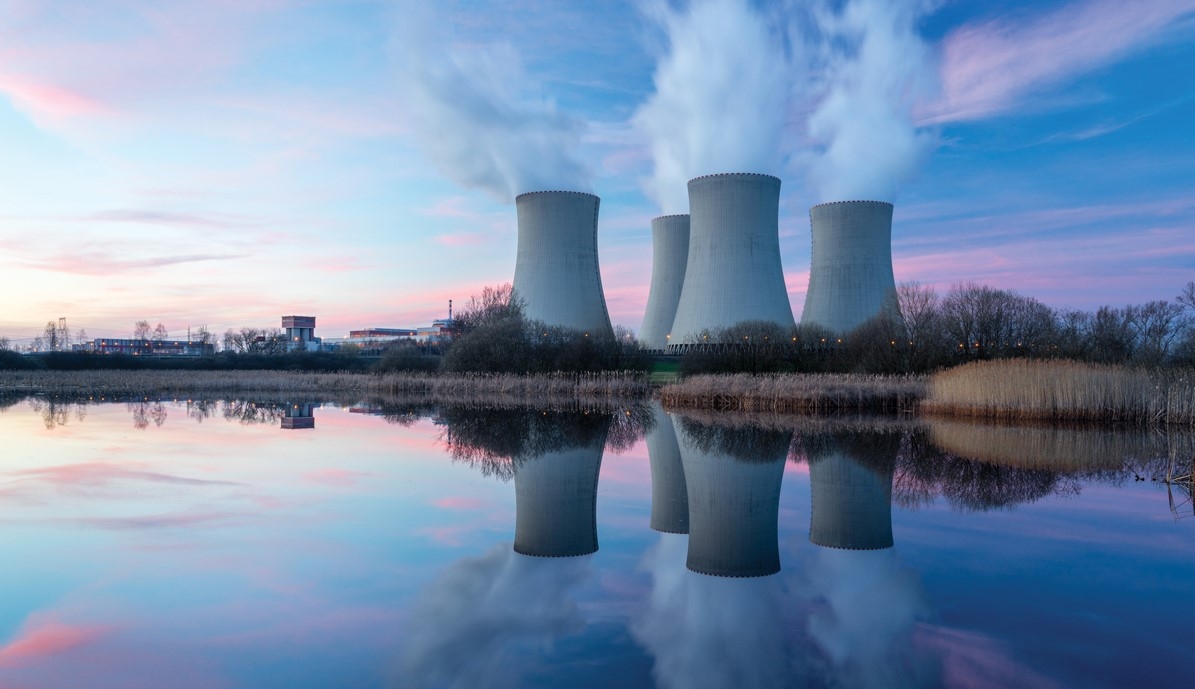
Future Energy: It’s Time for Canada to Lead
Over the past decades, oil has become everything for Canada. It was a sign of economic stability, new jobs and progress. Today, oil’s low cost is dragging down the country’s economy. Environmental concerns are only rising. The new reality seems here to stay.
On the bright side, Canada is now on the threshold of an opportunity to make positive changes. The low Canadian dollar is creating great conditions for exports, and investors are looking to move their money away from the fossil fuel industry. Meanwhile, Justin Trudeau’s government has shown its support for cleantech.
It’s time to meet Canada’s clean technology sector – the industry of the 21st century. The sector is vibrant, growing and ready to be showcased to the world. The upcoming World Future Energy Summit is a great opportunity for the country to take the lead in the clean technology industry.
Canadian cleantech is vibrant and buzzing with new start-ups
According to the 2015 Canadian Clean Technology Industry Report by Analytica Advisors, there are now 50,000 people employed directly in more than 800 cleantech firms. These companies are working on innovative technologies that help to protect the environment and grow the economy.
Canada’s cleantech sector is vibrant and buzzing with unique companies, says Jon Dogterom, MaRS Cleantech lead. His company assists cleantech start-ups with mentorship and advice on how to build competitive companies.
“At MaRS, we focus on working with energy, water and advanced materials companies to help them with access to customers, capital and talent – to help them grow. So they could become the world leaders in what’s becoming a race for clean technology,” Dogterom says.
Among their clients are Morgan Solar – a company working on lowering the cost of producing solar panel electricity, HydroStor, which provides compressed energy storage systems and Nanoleaf, which has created the world’s most efficient LED light bulb. Just to name a few.
Dogterom argues that energy storage and energy information technologies are becoming the new natural resources, and Canada can really have a leadership role in both of those areas.
Matured industry
Ottawa-based Energate is one of the companies serving Canada’s matured clean energy industry market with interactive energy technologies. The company’s products allow consumers to track how much renewable energy they are using in real time, and help them understand how they can reduce electricity use.
“We have the ability with our technology to do things like make sure that when the sun is shining the hot water tank is connected and electrical vehicles are charged,” says Louis Szablya, Energate’s EVP of Sales and Marketing.
In near future, Szablya says, energy generation will become more localized as households turn into managers of their own powerhouses.
Feed-in-Tariff
Meanwhile, the clean energy industry is constantly expanding. The government is embracing the change, looking for opportunities to make facilities more sustainable, says Alexandra Mallett, an energy-policy expert at Carleton University. In 2009, the Ontario government introduced the microFIT program (Feed-in-Tariff) that allows home owners and communities to generate renewable energy on a smaller scale.
“MicroFIT is a policy tool. It gives a contract. If you produce electricity – you can sell it to the grid. It’s very attractive to farmers and people who can put up some photovoltaic panels. Because they get those profits – they are willing to work out the money to pay for the system,” Mallett says.
Over the past years, Canadian energy market has been going through a transformation. Mallett says divestment from fossil fuels became a stable trend. Canadian subsidiaries and companies have begun to export their technologies and services abroad. They are now looking for more prospective markets.
Chance to introduce Canadian cleantech to the world
Once in a while, the stars align for a giant leap ahead. The upcoming World’s Fair (Expo) dedicated to Future Energy gives Canada a unique opportunity to seize a leadership position on the world’s clean energy stage.
The expo will take place in Astana,
Kazakhstan’s newly-built capital. Over three months, from June to September 2017, hundreds of countries, international organizations and companies will have a chance to demonstrate their achievements in clean energy. Three million people are expected to visit the expo. Together, participants will explore and offer their solutions to fight climate change.
Expo-2017 Architects promise sleek designs and energy-efficient buildings. Most of the buildings will be their own power plants, harnessing energy from the sun, wind and water. The expo’s four thematic pavilions will show how energy has evolved in human civilization, the role it plays now and the negative consequences of climate change. Visitors will also see previous sustainable energy milestones.
So far, 54 countries and 11 international organizations have confirmed their participation in the expo.
In order to take part in the expo, Canada must be a member of the Bureau International des Expositions (BIE) – the body that governs the world expos. Although, Canada left the BIE in 2012, the time could not be more right to return. It’s a time for Canadians to lead the cleantech wave, showcasing our achievements in a clean energy industry that is vibrant, mature and expanding.









